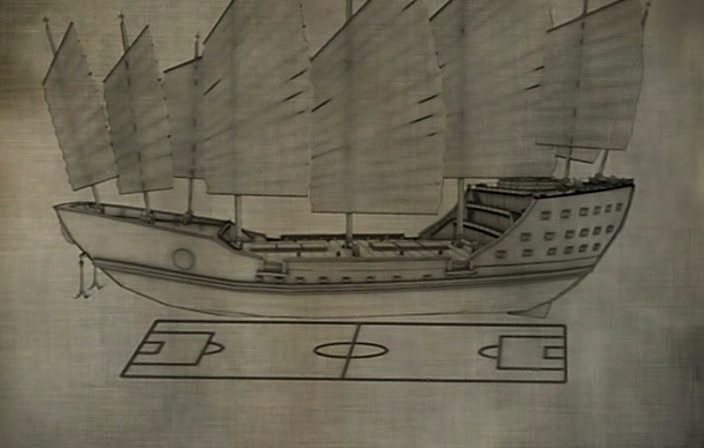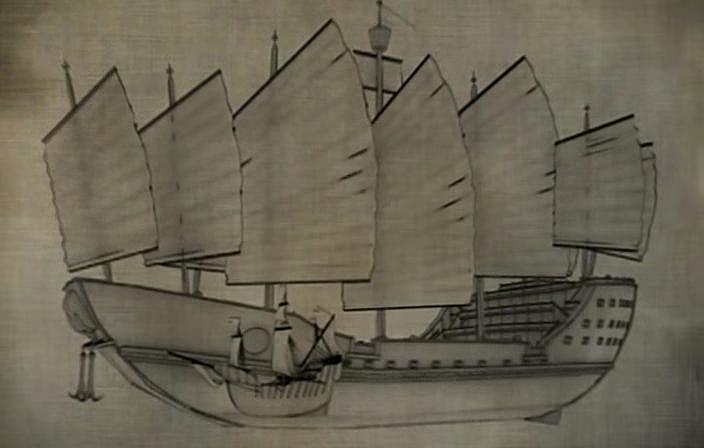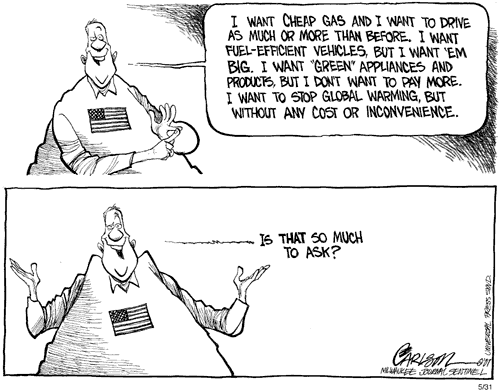
Estimated Length of Zheng He’s Treasure Ships

Size Comparison With Columbus’
I recently saw the documentary about Zheng He’s (also known as Cheng Ho *ching!*) on National Geographic.
I have read about Zheng He’s voyages before, but never in detail. Never mind he made seven voyages between 1405 and 1433, a good 55 years before the Portuguese reached the Cape of Good Hope. To me it was a mere interesting footnote in history as it has brought no significant changes to the world.
However, what I have never taken into serious consideration, was the number of ships and men in the voyage (200 over ships with 27,800 men). I also failed to recognise the significance of some of the ships in Zheng He’s fleet, which is claimed to be at least 126.73m long, while Christopher Columbus’ ship was only a mere 17m long. This has become quite a controversy as no one is believed to be capable of building ships of wood that large.
On top of that I failed to recognise Cheng Ho’s legacy. Malacca’s submission as a vassal of China pretty much freed it from the oppression of the more powerful Siam and gave birth to what would become modern day Malaysia, and Chinese fishing nets were still today in use in the many places he has visited then. Cheng Ho, being a Muslim himself, also left quite a mark in establishing Islam in this region.
Perhaps it is also a coincidence that I am currently reading Gavin Menzie’s 1421. Apparently this book and its sequel 1434 had sparked quite a controversy among historians.
Unfortunately, despite the controversy, the book has been dismissed by many historians. Even so, I still read it because it intrigues me to know this man has actually spent a large sum of money putting his books together, while not actually making any money from it. His obsession made me read the book to find out what convinced him about his own assertions.
Personally speaking, I am not very impress with his book, as I personally think a lot of evidence he presented are circumstantial and stretched a little too far. Unless there are solid finds – such as remnants of one of Cheng Ho’s ships in Australia and the Americas complete with its cargo to match his assertions, it would be difficult to convince me.
However, I certainly could not dispute the parts which are based on his experience when he was in the Royal Navy. In fact, I doubt anyone would be any the wiser about sea currents other than those who had many years of experience as a sailor.
Even if everything in the book is mere conjecture, 1421 is still an interesting read. I am still reading it and only half way through. But I have now learn of old maps of the map when it is still not completely explored, for e.g. the Kangnido, the Fra Mauro, the Piri Reis and the Waldseemüller map, along with the names of explorers who are the first to reach the Americas and Australia to chart it. It also let me understand why maps of those days look very much different from what we know of the Earth today and how the errors come about.
Though it might not present any solid facts to change written history, there are still things that we might not know about to be discovered in it – like the difficulties which cartographers and mariners of the past faced. Thus, I believe when I am done reading 1421, I would move on to its sequel – 1434 to check out whether there are other things which I still do not know.
Comics:

Recommended Reads:
Endoh’s Dungeon: All creatures are equal… but some creatures are more equal.
Endoh’s Dungeon: Social degradation in some of our youths?
Global Research: The Shadow Money Lenders: The Real Significance of The Fed’s Zero-Interest-Rate Policy (ZIRP)
Insane Poly: Work for Life, Live for Work